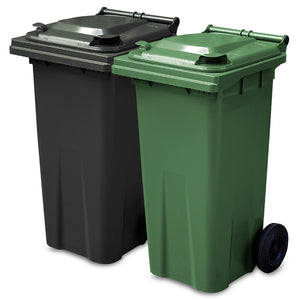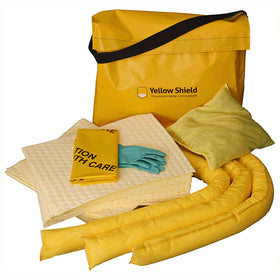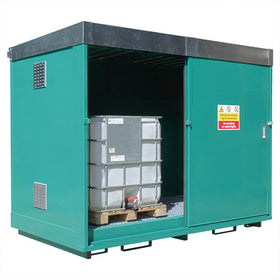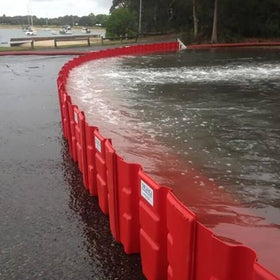Industrial absorbent products
There is a wide range of different absorbent products available to use in industrial environments to cope with a liquid spill. Some of these are suitable to cope with general purpose spills, whereas some are suitable for use to soak up hazardous chemicals.
Absorbent socks
A great way to absorb progressive leaks and spills is to use absorbent socks. Absorbent socks not only soak up the spilled fluid, they also provide a barrier so the fluid cannot reach other non-contaminated areas. Absorbent socks are available in a wide range of different lengths and are suitable for general, oil and chemical spills.
Absorbent granules
Perhaps the most cost effective type of absorbent material to use on fluid spills is absorbent granules. Being in a granular form, you can decide on appropriate amount of granules to use for a particular spill so there is no wastage. Absorbent granules can be used to soak up fuel and oil spills.
Absorbent rolls
Absorbent rolls are a popular spill control solution, and can be kept in dispensers near the point of a potential spill. The tear-off strips of the roll can be used when needed and rolls are available to cope with general purpose, oil and chemical spills.




